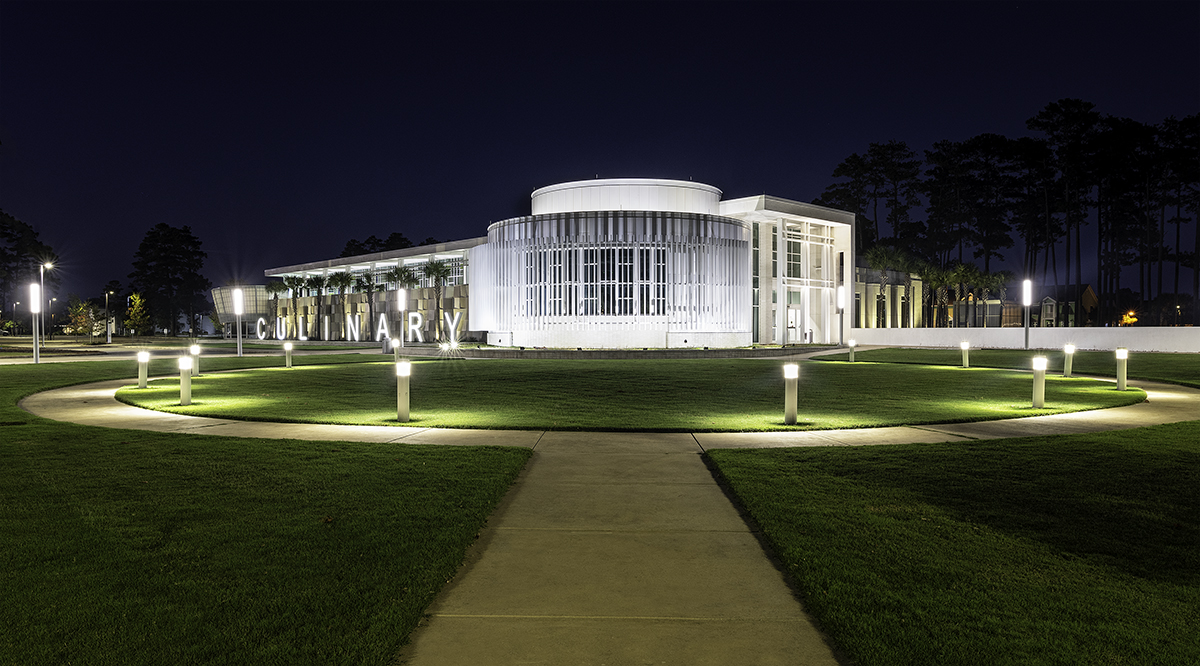Investing in Visual Storytelling: Why Quality Photography Matters
High-quality architectural photography is more than just a cost—it’s a valuable investment that enhances brand perception, attracts clients, and drives sales. Powerful visuals communicate the quality, functionality, and design intent of a space, making them essential for businesses looking to stand out in a competitive market.
Whether it’s a luxury hotel, a cutting-edge medical facility, or a high-end residential development, professional photography helps showcase a space in its best light.
Industries that benefit most from professional architectural photography include architecture firms, real estate developers, interior designers, hospitality professionals, universities, and healthcare and medical professionals.
For these businesses, compelling imagery is not just about documentation—it’s about telling a story, reinforcing a brand, and making a lasting impact.
Elevating Brand Identity and Market Perception

A strong brand identity is essential for standing out in a competitive market, and high-quality architectural photography plays a crucial role in shaping how a business is perceived. Striking, professionally captured images create a lasting first impression, conveying a sense of quality, sophistication, and attention to detail that aligns with a brand’s values.
Whether showcasing a luxury hotel, an innovative office space, or a high-end retail establishment, compelling visuals help position a business as a leader in its industry. By investing in professional photography, companies can elevate their market perception, attract their ideal clientele, and reinforce their brand’s reputation for excellence.
Why Architects, Developers, Interior Designers, and Marketing Directors Need a Portfolio That Reflects Their Expertise
For professionals in architecture, design, and development, a strong portfolio is more than just a collection of images—it’s a powerful marketing tool.
-
Architects: Need high-quality images to showcase their design philosophy, attention to detail, and how their concepts come to life in built environments.
-
Developers: Use photography to market properties, attract buyers, and highlight the quality of construction and planning.
-
Interior Designers: Rely on imagery to convey the atmosphere, textures, and materials that define their work.
-
Marketing Directors for Hotels, Resorts, and Healthcare: Need visually compelling content to create strong branding, entice guests or patients, and ensure that their facilities stand out in a competitive market.
A professionally photographed portfolio builds trust, establishes authority, and helps secure future projects by demonstrating expertise and quality.
The Importance of Visually Communicating Design Details, Craftsmanship, and Spatial Experience
Great architectural photography does more than just document a space—it tells a story.
-
Design Details: Close-up shots of materials, textures, and unique design elements highlight the thoughtfulness and precision behind a project.
-
Craftsmanship: Images that capture the quality of construction, furniture, and finishes reinforce the expertise of designers and builders.
-
Spatial Experience: Photography that showcases light, scale, and the interaction between people and space helps potential clients and stakeholders understand the impact of the design.
By carefully composing images to emphasize these aspects, professional photography ensures that the design intent and emotional experience of a space are effectively communicated.
The Long-Term Benefits of Hiring a Professional vs. DIY Photography
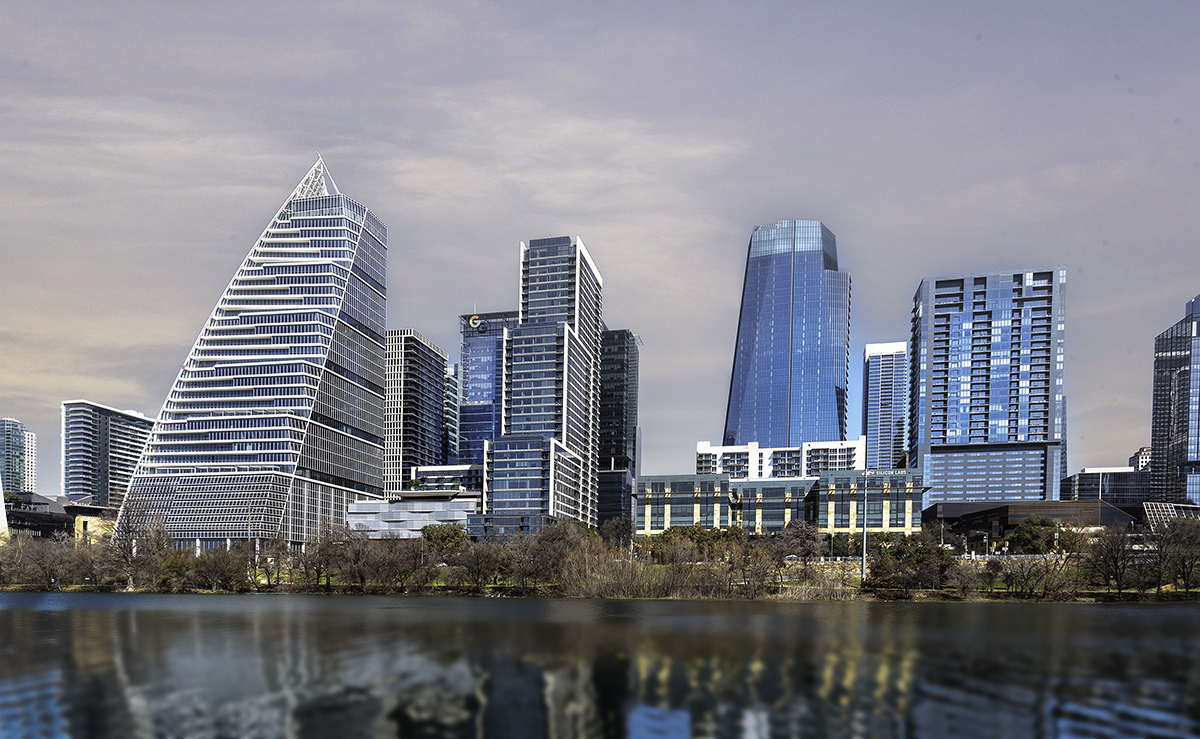
Why Professional Architectural Photography Outshines Amateur or DIY Images
1. The Difference Between Professional and Amateur Photography
Lighting: Precision vs. Guesswork
-
Professionals use advanced lighting techniques to balance natural and artificial light, ensuring details are visible without harsh shadows or overexposed areas.
-
Amateurs often rely on ambient light, leading to inconsistent results, dark interiors, or blown-out windows.
Composition: Intentional Framing vs. Random Angles
-
A professional photographer understands architectural composition—using leading lines, symmetry, and perspective to highlight design elements.
-
DIY images can suffer from poor framing, distracting elements, and distorted perspectives that fail to showcase the space effectively.
Post-Processing: Refinement vs. Quick Filters
-
High-end post-processing corrects color balance, lens distortion, and exposure inconsistencies to create a polished final image.
-
Amateur editing relies on basic filters or auto-corrections, often resulting in unrealistic colors or an unprofessional look.
Storytelling: Capturing Emotion vs. Just Documenting a Space
-
Professionals craft images that evoke emotion and tell a story about the space, making them more engaging for viewers.
-
DIY shots often lack a narrative, making it harder for potential clients or guests to connect with the property.
2. Why Investing in Professional Photography Pays Off
-
Stronger Branding & Marketing – High-quality images elevate your brand, making your business appear more polished and trustworthy.
-
Longevity & Versatility – Professionally shot images remain relevant for years, providing a lasting return on investment.
-
Attracting High-Value Clients – Well-executed photography appeals to architects, designers, developers, and high-end buyers who expect premium presentation.
3. The Hidden Costs of Poor-Quality Images
-
Missed Opportunities – Potential clients may overlook properties or projects if images don’t capture their full potential.
-
Weak Marketing Impact – DIY photos often fail to engage audiences, reducing the effectiveness of social media, websites, and print materials.
-
Lost Clients & Revenue – Unprofessional images can diminish credibility, leading prospects to choose competitors with stronger visual marketing.
How Architectural Photography Enhances Marketing and Client Acquisition
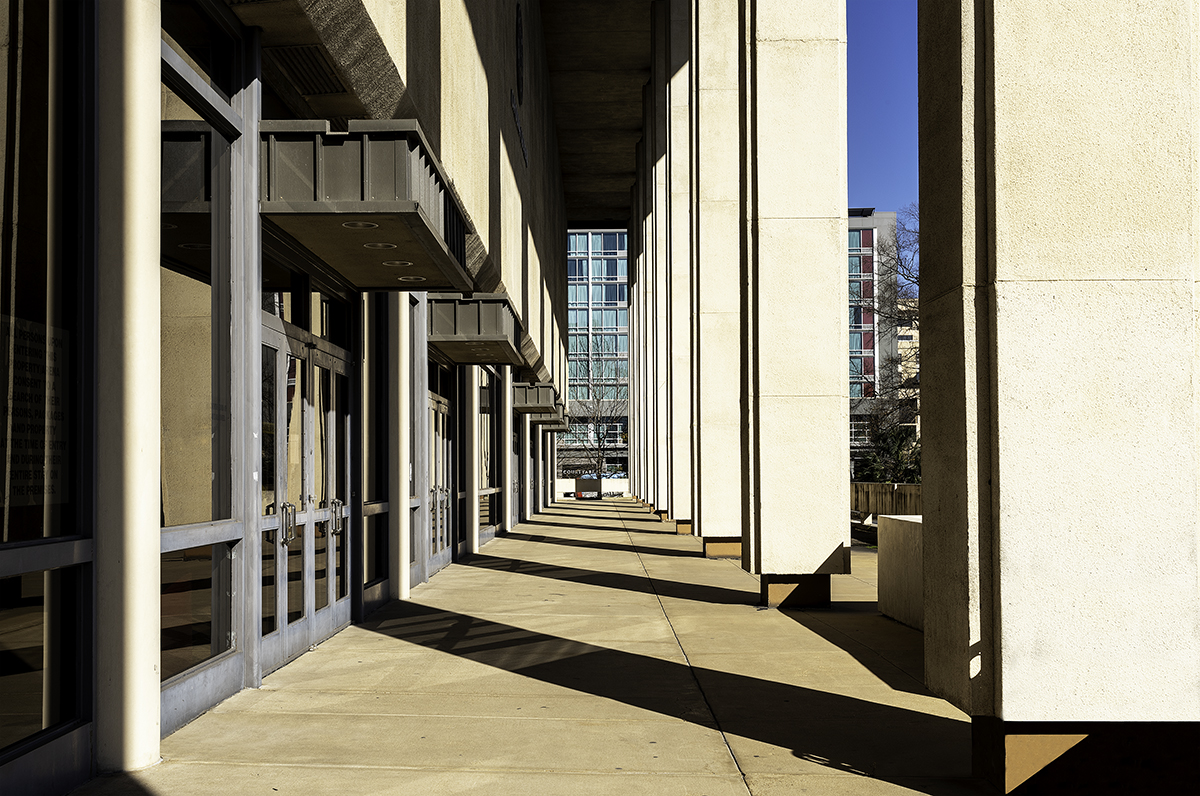
1. How Marketing Directors Leverage Professional Photography for Branding
Marketing directors at hotels, resorts, and universities use professional architectural photography to create a strong, cohesive brand identity that appeals to their target audience.
High-quality imagery helps them:
-
Define their brand’s visual identity – A hotel’s luxurious ambiance, a university’s modern facilities, or a resort’s serene environment must be consistently reflected in marketing materials.
-
Attract potential guests, students, and investors – Stunning photography makes a lasting first impression, influencing booking decisions or enrollment inquiries.
-
Differentiate from competitors – Professional images showcase the unique design, amenities, and atmosphere that set a property apart.
-
Enhance storytelling – Engaging visuals create an emotional connection with viewers, whether it’s a welcoming hotel lobby, a beautifully designed campus, or a resort’s scenic poolside views.
2. Why Stunning Imagery Is Crucial for Website Design, Social Media, Print Materials, and Proposals
-
Website Design: High-quality images improve user experience, increase engagement, and boost conversion rates by making a property more appealing.
-
Social Media: Compelling visuals drive engagement, increase shares, and enhance brand perception on platforms like Instagram, Facebook, and LinkedIn.
-
Print Materials: Brochures, advertisements, and event promotions rely on strong imagery to communicate elegance, professionalism, and quality.
-
Proposals & Presentations: Developers, architects, and marketing teams use stunning imagery in RFPs (Requests for Proposals) and pitch decks to impress stakeholders and secure funding or projects.
3. The Role of Photography in Winning Design Awards and Gaining Media Coverage
-
Design Awards: Competitions such as the AIA Awards, Hospitality Design Awards, and university architecture awards heavily consider visual presentation. Professional photography showcases design intent, material quality, and spatial aesthetics.
-
Media Coverage: Architectural and lifestyle publications, travel magazines, and online design blogs prioritize high-quality images when featuring projects. Well-captured visuals increase the chances of being published, giving properties greater exposure and credibility.
Why Hiring a Specialist Matters
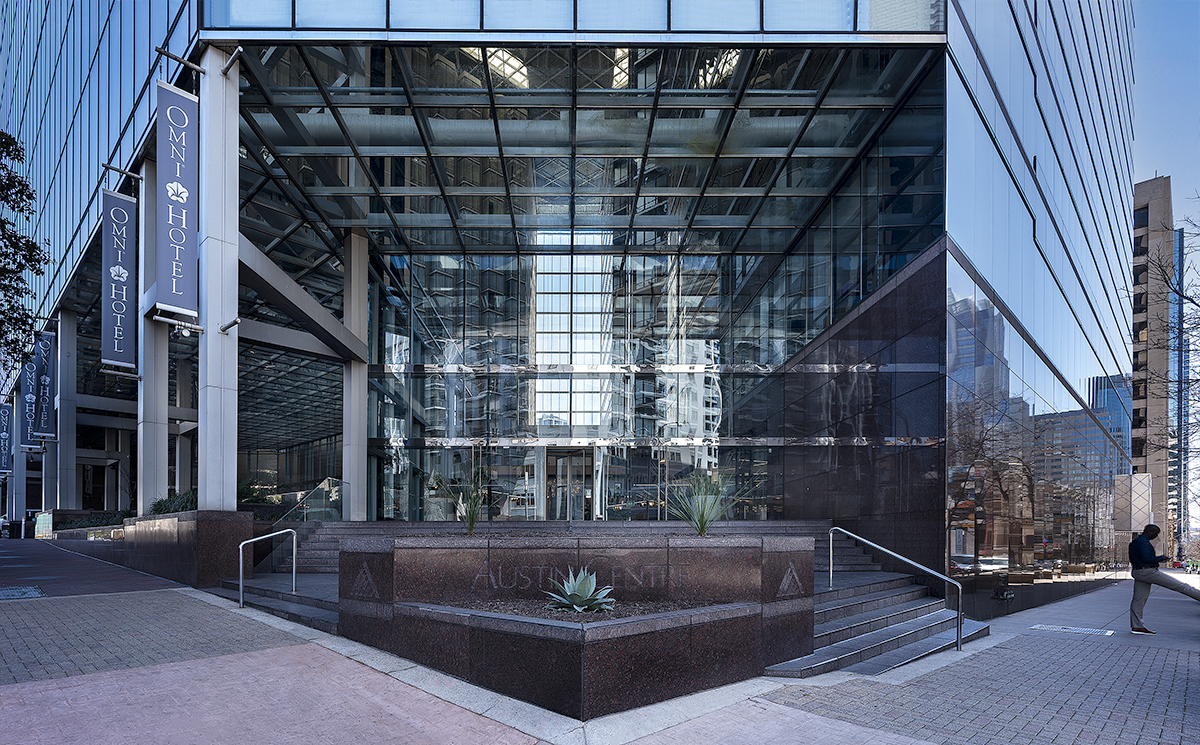
In the world of photography, not all professionals are created equal—especially when it comes to capturing architecture. While a general photographer may have experience with portraits, events, or product photography, architectural photography requires a specialized skill set that goes far beyond simply pointing a camera at a building.
Architectural photography is about more than just documentation—it’s about telling the story of a space. Every building has a purpose, a design intent, and a relationship with its environment, and an experienced architectural photographer knows how to translate those elements into compelling visuals. The interplay of light and shadow, the precision of angles and lines, and the ability to evoke a sense of atmosphere are all crucial to creating images that do justice to a structure’s design.
Many businesses, including architects, developers, interior designers, and hotel marketing teams, invest in professional photography to showcase their projects in the best possible light. However, choosing the right photographer makes all the difference.
While a general photographer might take technically competent images, they often lack the expertise needed to highlight a building’s form, function, and spatial relationships in a way that enhances its appeal.
The Core Differences Between General and Architectural Photographers
1. Understanding of Lighting
-
General Photographers: Often rely on natural light without deeply analyzing how it interacts with structures.
-
Architectural Photographers: Masterfully balance natural and artificial light, ensuring highlights and shadows emphasize form, texture, and depth.
-
Example: Capturing a hotel lobby at different times of day to highlight the mood and ambiance created by interior lighting.
2. Mastery of Angles and Composition
-
General Photographers: May shoot from eye level or standard angles without considering architectural intent.
-
Architectural Photographers: Use perspective control, leading lines, and symmetry to capture the essence of a design.
-
Example: A specialist ensures verticals remain straight when photographing a high-rise building, preventing distortion common in amateur shots.
3. Architectural Storytelling and Intent
-
General Photographers: Focus on simple documentation rather than design intent.
-
Architectural Photographers: Consider the space’s purpose, movement, and how occupants interact with it.
-
Example: Showcasing a university library not just as a building but as a hub of learning, capturing study areas, natural light flow, and student interactions.
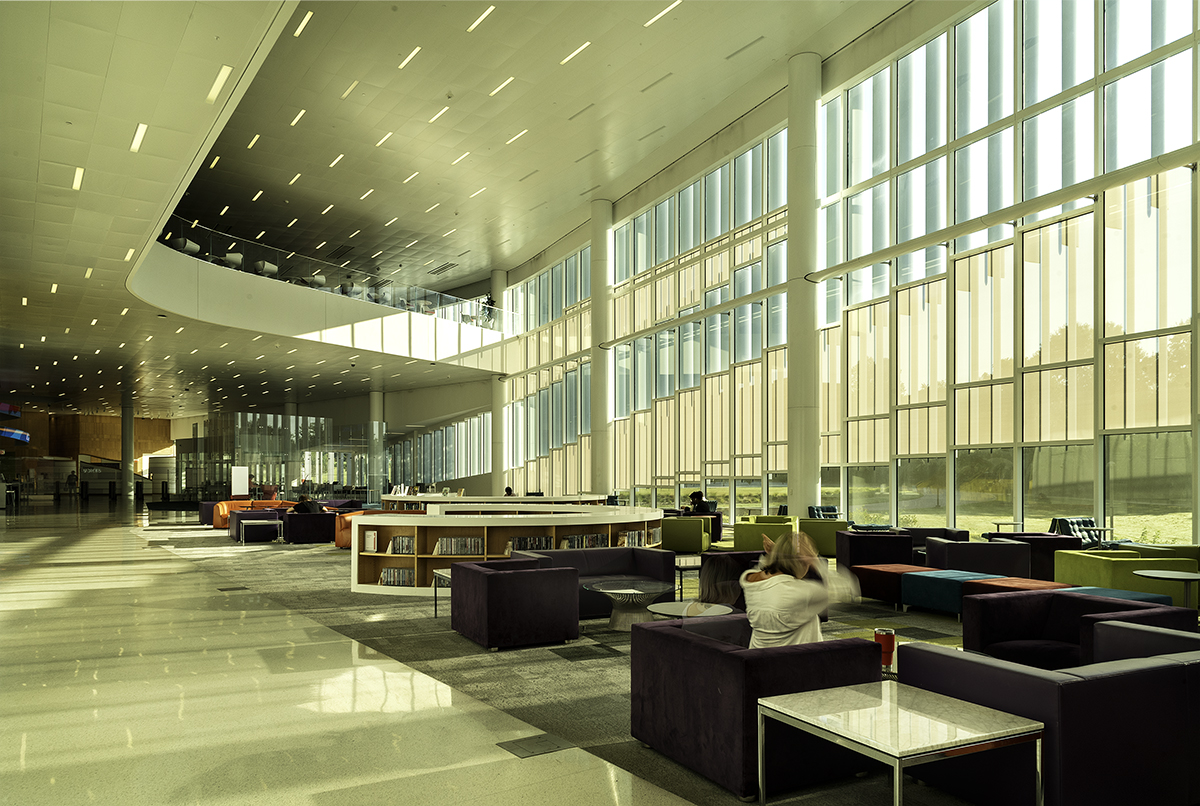
Conclusion: Professional Photography as a High-Return Investment

In today’s visually driven world, architectural photography is not just an expense—it’s a strategic investment that pays off in multiple ways. Whether you’re an architect, developer, interior designer, or marketing director for a hotel, resort, or university, the quality of your imagery directly influences how your projects are perceived, marketed, and valued.
1. Long-Term Value
Unlike many marketing expenses with short lifespans, professional photography provides lasting value. A well-executed photoshoot creates a library of high-quality images that can be used across multiple platforms—websites, social media, print materials, and press features—for years to come.
2. A Competitive Edge
In an industry where first impressions matter, visually compelling imagery sets you apart. Potential clients, investors, and stakeholders are far more likely to engage with and trust a business that presents itself professionally.
3. Higher Returns on Marketing Efforts
From property listings to award submissions, great photography enhances marketing effectiveness, driving higher engagement, increased inquiries, and faster sales. For hotels and resorts, professional images can directly impact bookings, while universities use them to attract prospective students and donors.
4. Enhancing Your Brand and Reputation
Your portfolio is your strongest sales tool. Investing in professional photography ensures that every image reflects the quality, expertise, and design excellence that define your work. Over time, this investment strengthens your brand and positions you as a leader in your industry.
Ready To Collaborate On Your Next Project?
If you want to elevate your marketing, showcase your work in the best possible light, and turn visuals into a competitive advantage, now is the time to invest in professional architectural photography.


